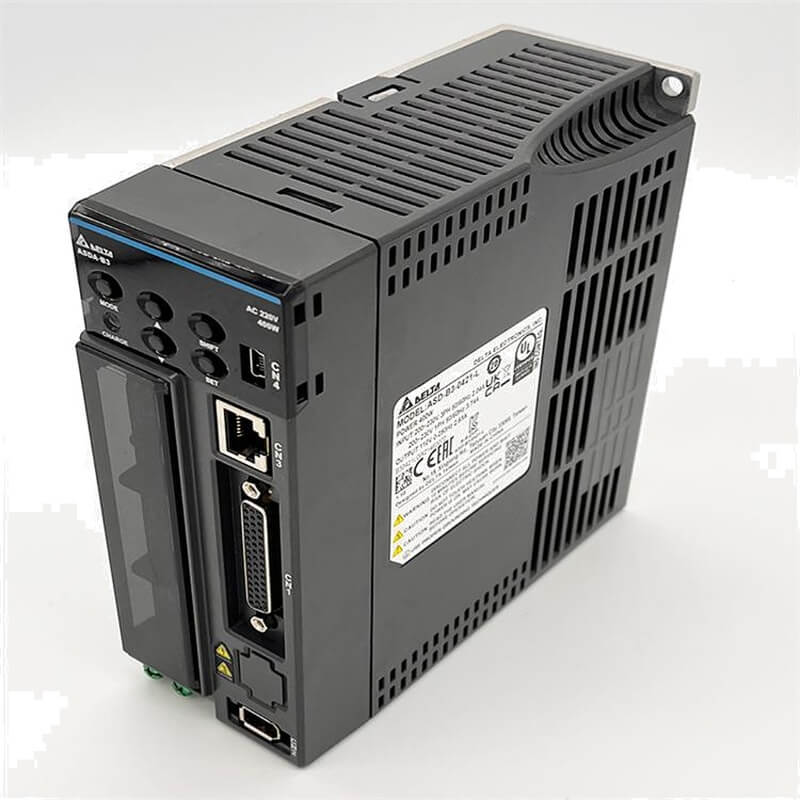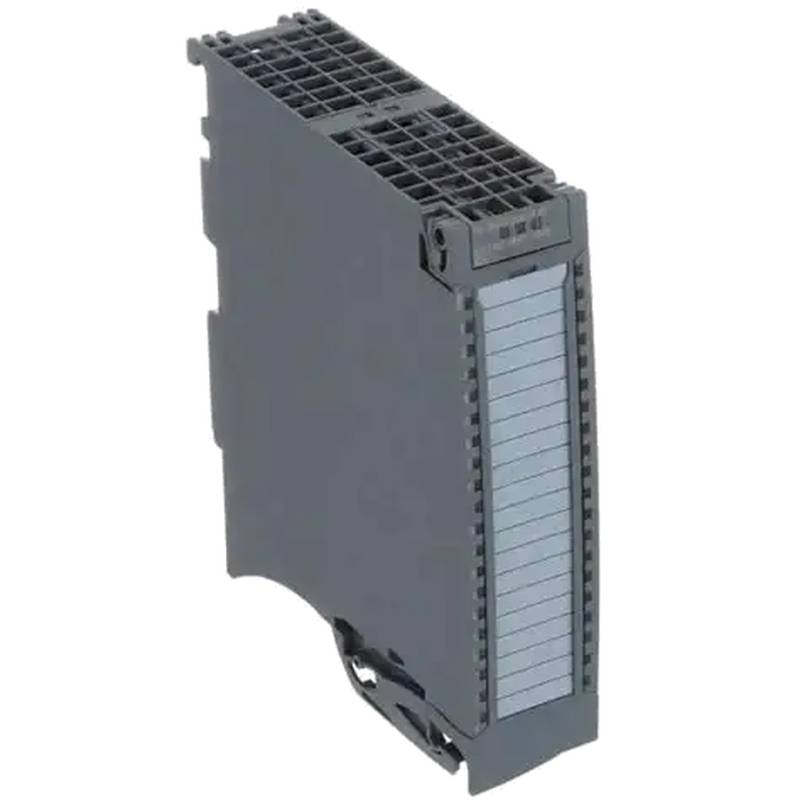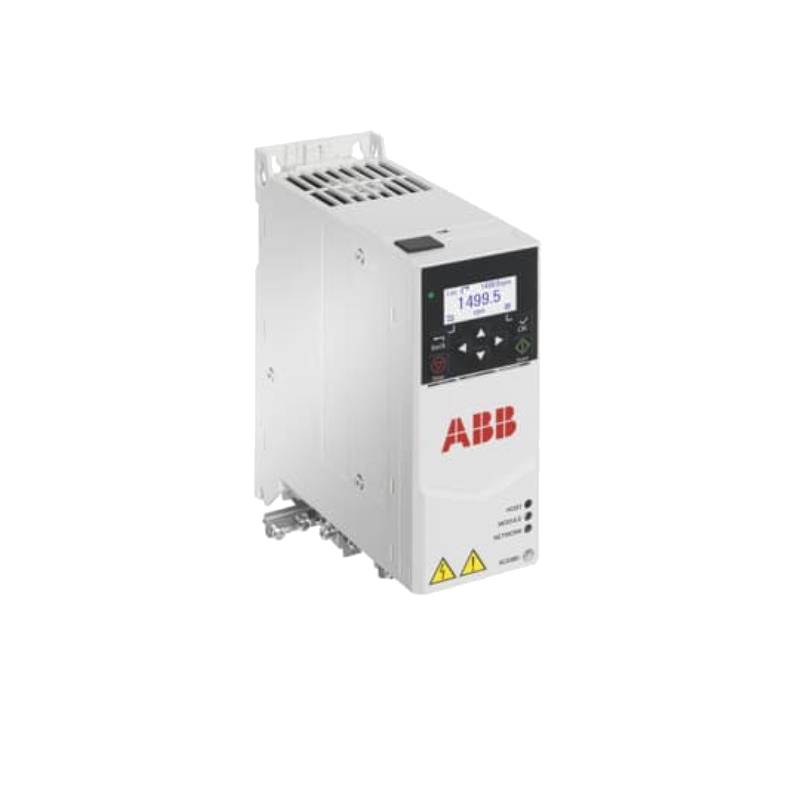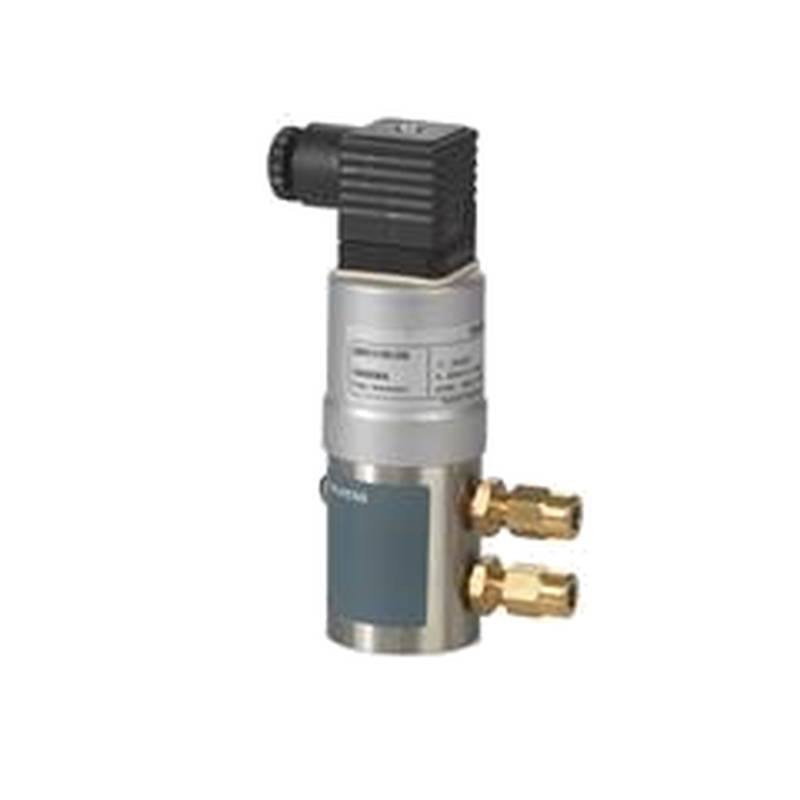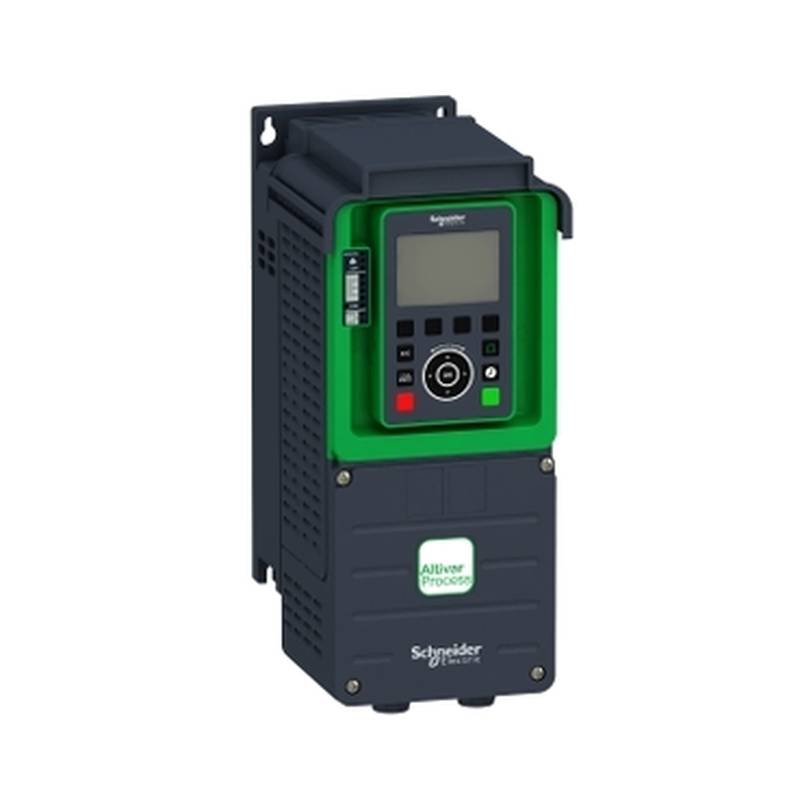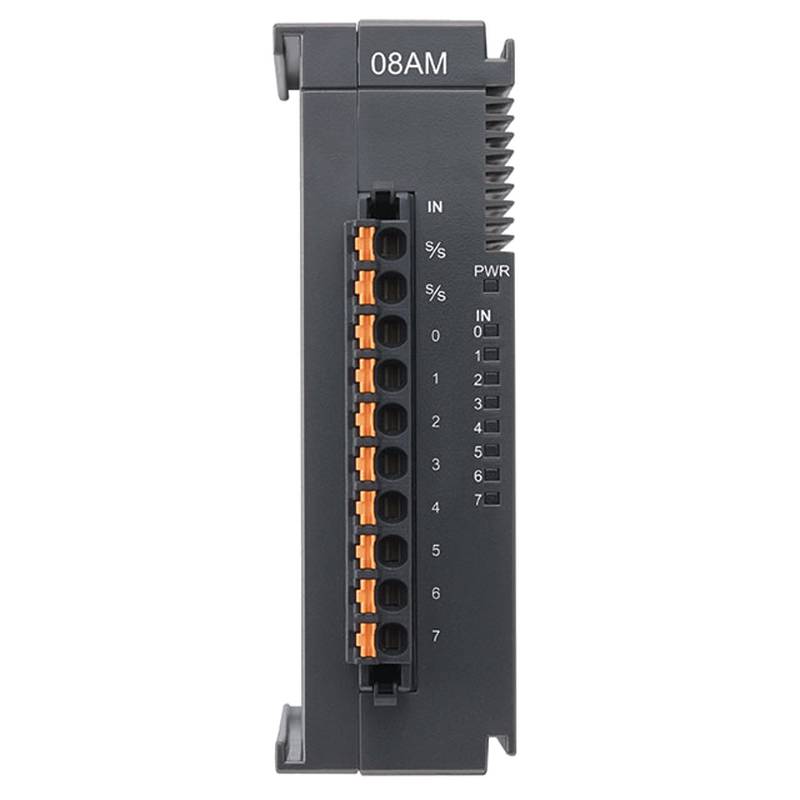
The Siemens BPZ:QAA2012 is a high-precision temperature sensing element designed for accurate and reliable temperature monitoring in demanding industrial environments. Leveraging the robust performance of a Pt1000 sensing element, this component delivers superior accuracy and stability, making it an indispensable tool for critical process control and environmental monitoring applications. Its advanced design ensures longevity and consistent performance, even under challenging operating conditions.
Product Specifications
| Parameter | Specification |
| :---------------------- | :------------------------------------------ |
| Sensing Element | Pt1000 |
| Temperature Range | 0 to +50 °C |
| Measurement Accuracy | ±0.6 K (at 0 to 50 °C) |
| Time Constant | Approximately 7 minutes (420 s) |
| Connection Type | Screw terminals |
| Ingress Protection | IP30 |
| Housing Color | White (NCS S 0502-G) |
| Dimensions (W x H x D) | 90 x 100 x 32 mm |
| Operating Humidity | < 85% relative humidity |
| Safety Class | III according to EN 60730-1 |
| Country of Origin | RO |
Core Features & Market Positioning
The Siemens BPZ:QAA2012 stands out in the market due to its exceptional accuracy and stability, hallmarks of Pt1000 sensing technology. Unlike less precise sensors, its platinum element provides a highly linear resistance-to-temperature relationship, crucial for maintaining tight control over industrial processes. This inherent precision positions the BPZ:QAA2012 as a premium choice for applications where even minor temperature fluctuations can impact product quality, safety, or operational efficiency. Its robust construction and resistance to environmental factors like corrosion and oxidation further enhance its market appeal in sectors exposed to harsh conditions.
Key Application Scenarios
The Siemens BPZ:QAA2012 is exceptionally well-suited for a variety of industrial and building automation applications where precise ambient temperature monitoring is paramount. Its primary use cases include:
HVAC Systems: Integral to maintaining optimal comfort levels and energy efficiency in commercial and industrial buildings by accurately sensing room temperatures. Building Automation: Providing critical temperature data for integrated control systems, enabling sophisticated environmental management. Industrial Process Control: Within its specified temperature range, it can be utilized for monitoring critical temperatures in manufacturing processes where exact thermal conditions are necessary for product integrity. Environmental Monitoring: Deploying in sensitive areas requiring consistent and reliable temperature readings to prevent deviations that could affect operations or product quality.
Practical System Integration Guidance
Integrating the Siemens BPZ:QAA2012 into existing systems is straightforward due to its standardized screw terminal connections. The sensor outputs a passive, analog signal, making it compatible with a wide array of controllers that support such inputs. For optimal performance and accurate readings, careful consideration must be given to the installation location. The sensor should be mounted on an inner wall, away from direct sunlight, heat sources, or drafts. Proper sealing of conduit openings is also recommended to prevent false measurements from air currents. The permissible cable lengths should be referenced from the controller's datasheet, as they are dependent on the specific control system used.
Operation and Risk Mitigation
The BPZ:QAA2012 operates reliably within its specified 0 to +50 °C temperature range. Its IP30 protection rating indicates suitability for environments protected from solid objects larger than 2.5 mm, but it is not designed for exposure to water or dust ingress. While the Pt1000 element is inherently resistant to corrosion and contamination, regular visual inspection for physical damage or connection integrity is advised. Troubleshooting typically involves checking wiring continuity and ensuring the connected controller is properly configured for a Pt1000 passive sensor input. Incompatibility with controllers not supporting passive signals could lead to incorrect readings or system malfunctions.
Scalability & Long-Term Value
As a component within Siemens' broader ecosystem, the BPZ:QAA2012 benefits from Siemens' commitment to industrial standards and interoperability. While the BPZ:QAA2012 itself is a specific sensing element, its compatibility with various controllers allows for integration into scalable building automation and control systems. Its long-term stability and minimal drift contribute to reduced maintenance cycles and sustained accuracy over its operational life, offering a reliable and cost-effective solution for continuous temperature monitoring needs. For applications requiring broader temperature ranges or different sensing technologies, Siemens offers a comprehensive portfolio of temperature sensors and transmitters.
Frequently Asked Questions
Q: What is the primary advantage of using a Siemens BPZ:QAA2012 sensor?
The primary advantage of the Siemens BPZ:QAA2012 lies in its high accuracy and stability, attributed to its Pt1000 sensing element. This ensures precise temperature measurements crucial for optimal control in HVAC and automation systems.
This precision minimizes process deviations and enhances overall system reliability, leading to better performance outcomes. The Pt1000 technology is known for its linear response, simplifying calibration and data interpretation.
Its robust platinum construction also offers excellent resistance to environmental factors, ensuring a long service life even in demanding conditions. This translates to lower maintenance costs and dependable operation.
Q: What is the operating temperature range of the Siemens BPZ:QAA2012?
The BPZ:QAA2012 is designed to operate within a specific temperature range of 0 to +50 degrees Celsius. This range is ideal for ambient room temperature monitoring in most climate-controlled environments.
Exceeding this specified range could lead to inaccurate readings or potential damage to the sensor's delicate internal components. It's important to adhere to these limits for guaranteed performance.
This range makes it particularly suitable for building automation and HVAC applications where consistent and moderate temperatures are the norm.
Q: How is the Siemens BPZ:QAA2012 sensor installed and connected?
Installation of the BPZ:QAA2012 involves standard wall mounting procedures, typically using screw terminals for electrical connection. It is designed for straightforward integration into most recessed conduit boxes.
The sensor connects via screw terminals, supporting a passive, analog signal output compatible with many controllers. Proper wiring and secure connections are vital for accurate data transmission.
It's crucial to follow mounting guidelines, such as avoiding direct sunlight or heat sources, and sealing conduits to prevent air drafts from affecting measurements.
Q: Is the Siemens BPZ:QAA2012 suitable for harsh industrial environments?
While the BPZ:QAA2012 offers good accuracy and stability, its IP30 rating means it is protected against solid objects but not from water or significant dust ingress. For extremely harsh conditions, alternative Siemens sensors might be more appropriate.
The platinum element provides some resistance to corrosion, but its primary application is for indoor ambient temperature sensing. Extended exposure to moisture or corrosive chemicals could compromise its functionality.
For environments requiring higher ingress protection or specialized resistance, Siemens offers a wider range of industrial-grade temperature sensors.
Q: What technical specifications define the accuracy of the BPZ:QAA2012?
The BPZ:QAA2012 exhibits a measurement accuracy of ±0.6 K within its operating range of 0 to +50 °C. This specification ensures reliable and precise temperature readings for critical applications.
This level of accuracy is essential for applications like HVAC control, where maintaining specific temperature setpoints directly impacts comfort and energy consumption.
The Pt1000 sensing element's inherent stability contributes significantly to achieving this consistent measurement accuracy over time.
Q: Can the Siemens BPZ:QAA2012 be integrated with modern digital control systems?
The BPZ:QAA2012 provides a passive analog signal, which can be readily interfaced with modern digital control systems through appropriate analog input modules or transmitters. This ensures broad compatibility.
Many digital control systems are equipped with analog input capabilities, allowing them to process the sensor's signal for data logging and automated responses. Compatibility with controllers supporting passive signals is key.
This integration capability allows for seamless incorporation into building management systems (BMS) or industrial automation platforms, contributing to smart building solutions.
Q: What is the time constant of the Siemens BPZ:QAA2012 sensor?
The time constant for the Siemens BPZ:QAA2012 sensor is approximately 7 minutes, with datasheets also specifying it as 420 seconds. This value indicates how quickly the sensor responds to temperature changes.
A time constant of around 7 minutes means the sensor will reach about 63.2% of a new temperature reading within that period. This is a moderate response time, suitable for ambient temperature monitoring.
For applications requiring very rapid temperature response, sensors with shorter time constants would be necessary. This figure is important for understanding system dynamics.
Q: Does Siemens offer other temperature sensors similar to the BPZ:QAA2012?
Yes, Siemens offers a comprehensive portfolio of temperature sensors and transmitters for diverse applications. This includes variants for different temperature ranges, sensing technologies (like Pt100), and specific use cases such as duct or immersion sensing.
These alternative sensors provide flexibility for applications beyond the BPZ:QAA2012's specific 0-50°C room sensing capability. They cater to a wider array of industrial and HVAC needs.
Exploring Siemens' broader product lines allows users to find optimized solutions for any temperature measurement requirement, from basic to highly specialized.
Q: How does the Pt1000 sensing element in the BPZ:QAA2012 differ from a Pt100?
A Pt1000 sensor has a nominal resistance of 1000 ohms at 0°C, whereas a Pt100 has 100 ohms at the same temperature. This higher base resistance in Pt1000 can offer advantages in signal-to-noise ratio for certain applications.
The fundamental principle of using platinum's resistance change with temperature remains the same for both Pt100 and Pt1000. The choice often depends on system design and desired signal integrity.
Both offer excellent accuracy and stability, making them superior to other sensor types for precision temperature measurement.
Q: What are the main industries or sectors that commonly utilize the Siemens BPZ:QAA2012?
The Siemens BPZ:QAA2012 is primarily utilized in the HVAC (Heating, Ventilation, and Air Conditioning) sector and general building automation. These sectors focus on maintaining comfortable and efficient indoor environments.
It is also found in commercial and industrial facilities where precise control of indoor ambient temperature is crucial for operations, employee comfort, or energy management systems.
While not typically used in heavy industrial process control due to its limited temperature range, it serves as a vital component in many facility management systems.
















